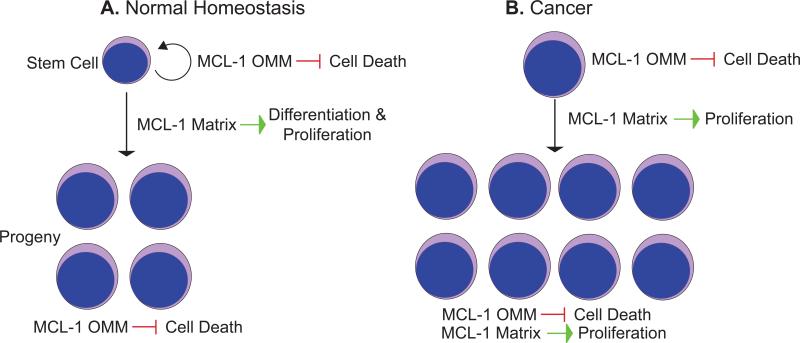Figure 3. Model for Possible MCL-1 Functions in Normal Homeostasis and Cancer.
MCL-1 possesses multiple functions in cells. On the outer mitochondrial membrane (OMM) MCL-1 inhibits cell death, similar to other anti-apoptotic BCL-2 family members. When targeted to the mitochondrial matrix (Matrix) the amino-terminal truncated MCL-1 also stimulates mitochondrial function including promoting normal ATP production, efficient oxidative phosphorylation, and reduced production of reactive oxygen species. These two separable functions may play critical roles in promoting normal and cancer cell survival. (a) In normal stem cells, it is possible that the homeostatic control on self-renewal is regulated primarily by MCL-1 OMM anti-apoptotic activity. In contrast, the proliferation and differentiation of stem cells into progenitors and terminally differentiated lineages may require efficient energy production promoted by the truncated MCL-1 targeted to the matrix. Lastly, proper homeostasis of terminally differentiated cells is likely controlled primarily by MCL-1 OMM's anti-apoptotic activity. (b) Cancer cells often have violated cellular checkpoints and become “addicted” to anti-apoptotic BCL-2 family members to counter the increased amounts of pro-apoptotic molecules expressed. Therefore, one prediction is that tumor cells may be highly dependent on MCL-1 OMM's anti-apoptotic function to “soak up” the pro-apoptotic expression and therefore inhibit the death of the malignant cell. However, cancer cells often proliferate rapidly and in addition to requiring a constant supply of ATP, they depend on mitochondrial byproducts as a source of macromolecular synthesis. MCL-1's matrix function may be necessary to help provide cancer cells with the building blocks to sustain rapid proliferation. Therefore, MCL-1's functional roles at the OMM and matrix may synergize to inhibit cell death and to promote cellular proliferation.

